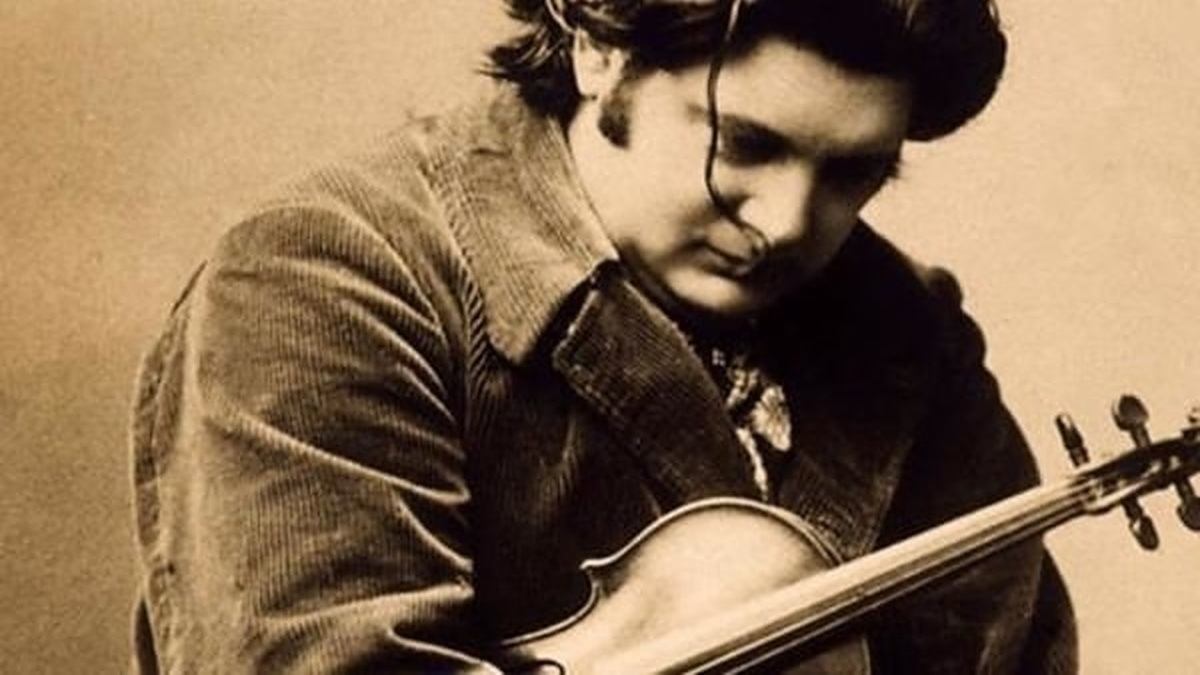Debussy’s “Christmas for Children Who No Longer Have a Home”: A Carol of Patriotism and Defiance
In 1915, German armies occupied much of France, and Paris fell under aerial bombardment via Zeppelin airships and mono and biplanes. Throughout Europe, civilians were displaced. In December of 1915, Claude Debussy composed the brief popular song, Noël des enfants qui n’ont plus de maison (“Christmas for Children Who No Longer Have a Home”). The raging words, also written by Debussy, form a prayer for French children, orphans, and the homeless. It …







